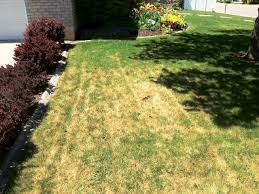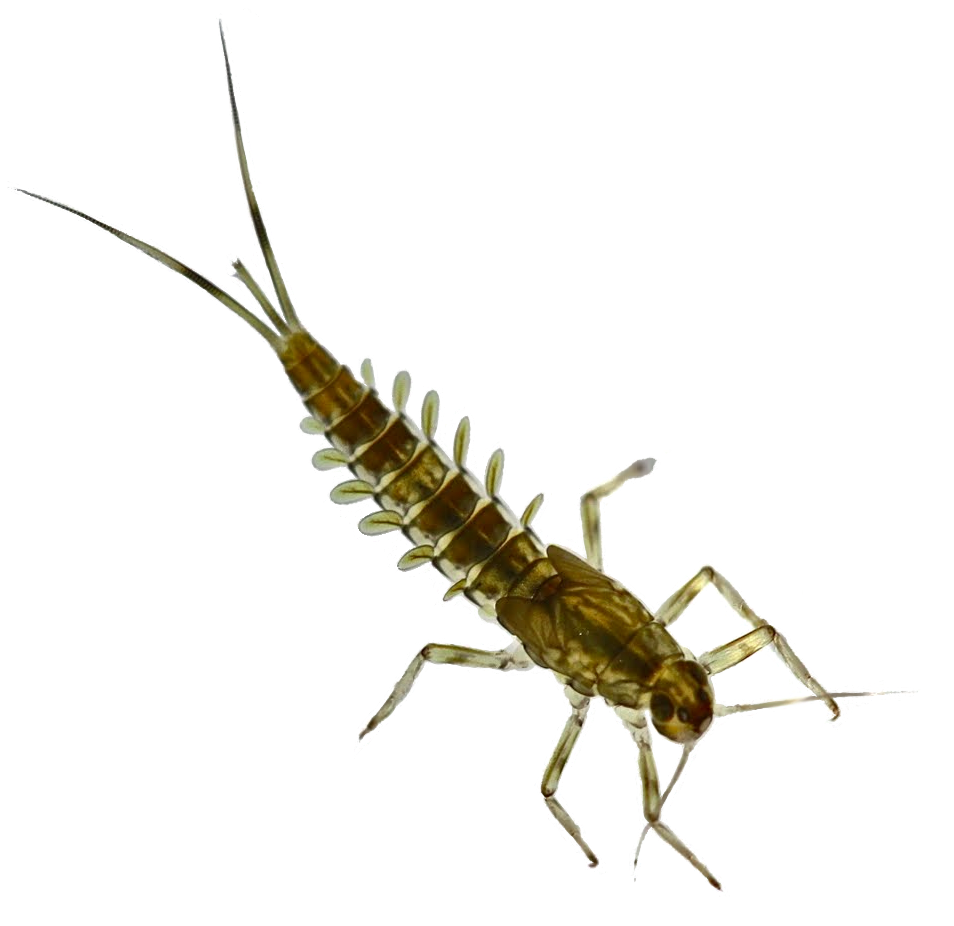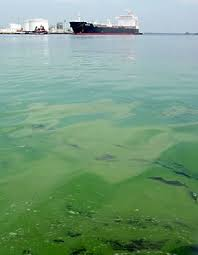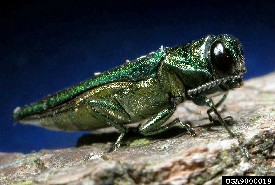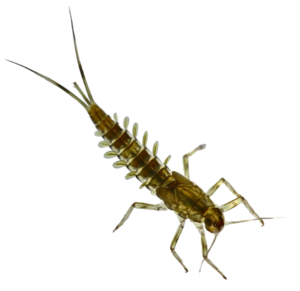Megan will be accepting applications for fall projects until August 1. Here is info about what’s happening with the program from our friends at NYSDEC:

Photo of Oatka Creek Park spring project by Chuck Fujita
DEC Provides Free Native Plants to the Lower Genesee River Watershed to Enhance Habitat, Water Quality and Bank Stability
The Trees for Tribs Program Is Now Recruiting Sites in the Lower Genesee for Fall Plantings; Applications Should be Submitted by August 1
This spring, the State Department of Environmental Conservation’s (DEC) successful Trees for Tribs program expanded its reach to the Lower Genesee River watershed and is currently recruiting sites for fall plantings. The program provides landowners, municipalities, and conservation organizations with free native plants and technical assistance with the goal of planting young trees and shrubs along stream corridors, also known as riparian areas, in order to improve wildlife habitat, water quality and storm resiliency.
Since the watershed’s spring kick-off, over 10,000 trees and shrubs have been planted along waterways in four priority areas within the Lower Genesee including: upper Black Creek above Byron, Oatka Creek, Honeoye Creek, and along the Genesee River between Mount Morris Dam and Scottsville. Program partners are looking forward to continuing this successful program in the fall planting season and are looking for interested landowners within these target watersheds to participate. Landowners can benefit from the plantings by enjoying improved wildlife viewing and recreational fishing opportunities, and in some instances, improved floodwater retention.
“Riparian forest buffers are one of the most cost effective tools for improving water quality, enhancing aquatic and wildlife habitat and strengthening streambank resiliency,” said DEC Commissioner Basil Seggos. “We look forward to further expanding this successful program in the Lower Genesee watershed to achieve these multiple benefits.”
With funding from the NYS Environmental Protection Fund and the National Fish & Wildlife Foundation’s Sustain our Great Lakes program, the Genesee Trees for Tributaries program is a partnership between DEC, Department of Agriculture & Markets and the Wyoming County Soil & Water Conservation District (SWCD), who is leading local coordination of the program. The native trees and shrubs planted were grown at the DEC’s State Tree Nursery in Saratoga Springs, Saratoga County.
Efforts to reforest the Genesee River watershed are important as areas downstream, including Rochester and coastal Lake Ontario, have experienced significant water quality problems related to upstream sediment and nutrient runoff. High rates of streambank erosion and nutrient runoff have impacted bank stability, aquatic health and downstream water quality. Trees for Tribs is one of several efforts underway to restore the function and health of the watershed by increasing the amount of forested riparian corridors that ‘buffer’ the many land-based activities that can impact water quality and fish and wildlife habitat. In addition, native, pollinator attracting species such as red maple and buttonbush are being used to the extent practicable to help offset the decline of bee, butterfly and other pollinator populations in the region.
Wyoming County SWCD is currently recruiting planting sites for the fall season. Sites should be located in one of the following priority areas: Oatka Creek sub-watershed, the Upper Black Creek sub-watershed (upstream of Byron), the Honeoye Creek sub-watershed, and the main stem of the Genesee River from Mt. Morris to Scottsville. Private landowners, municipalities, businesses and community organizations are invited to submit applications to receive free native trees and shrubs, tree tubes, signage and technical assistance.
To learn more, and to submit an application (leaves DEC’s website) visit Wyoming County SWCD’s webpage. Contact Megan Boberg, District Technician, Wyoming County SWCD at (585) 786-3675 ext. 4 for more information.
To read more about Trees for Tribs, visit the DEC website.
The Genesee Trees for Tribs Program is a project of the State Environmental Protection Fund’s Ocean-Great Lakes Ecosystem Conservation Program and supports the goals of the Interim NYS Great Lakes Action Agenda, a plan for applying ecosystem-based management to complex environmental problems in order to conserve, protect and enhance our irreplaceable Great Lakes natural resources.
No Comments

